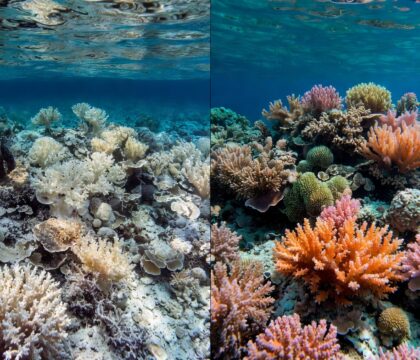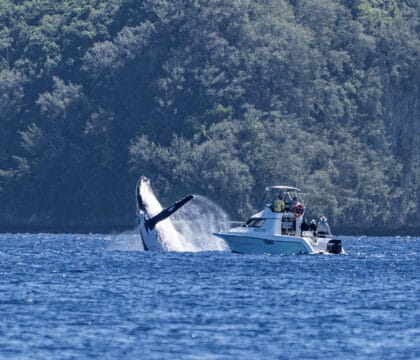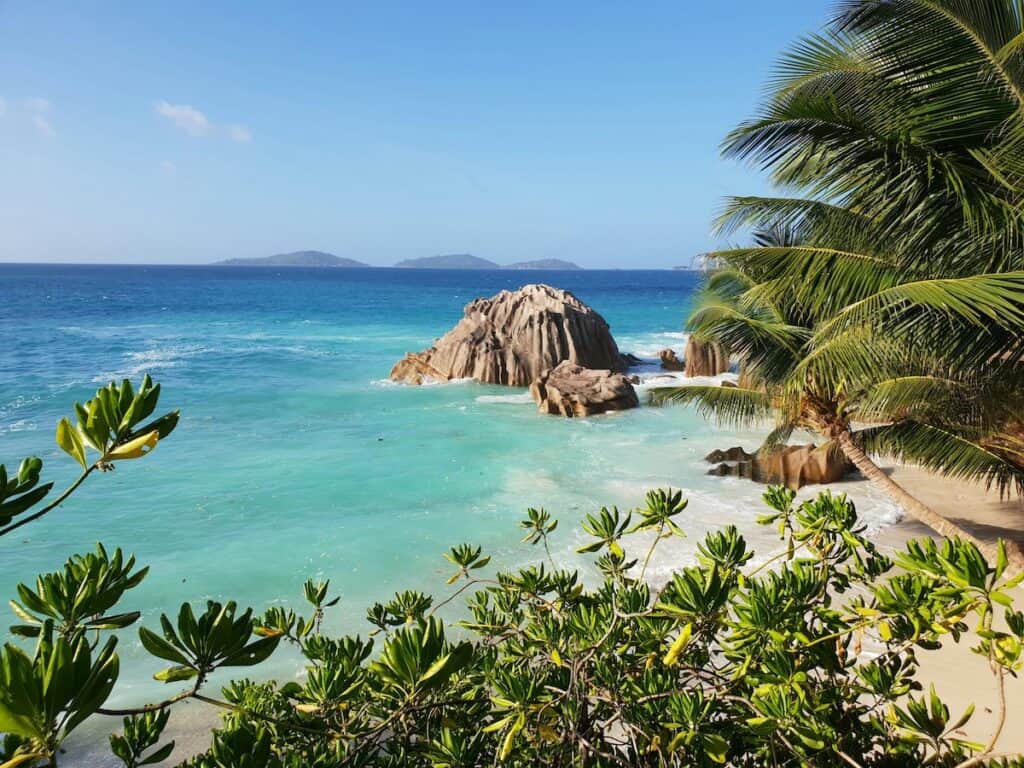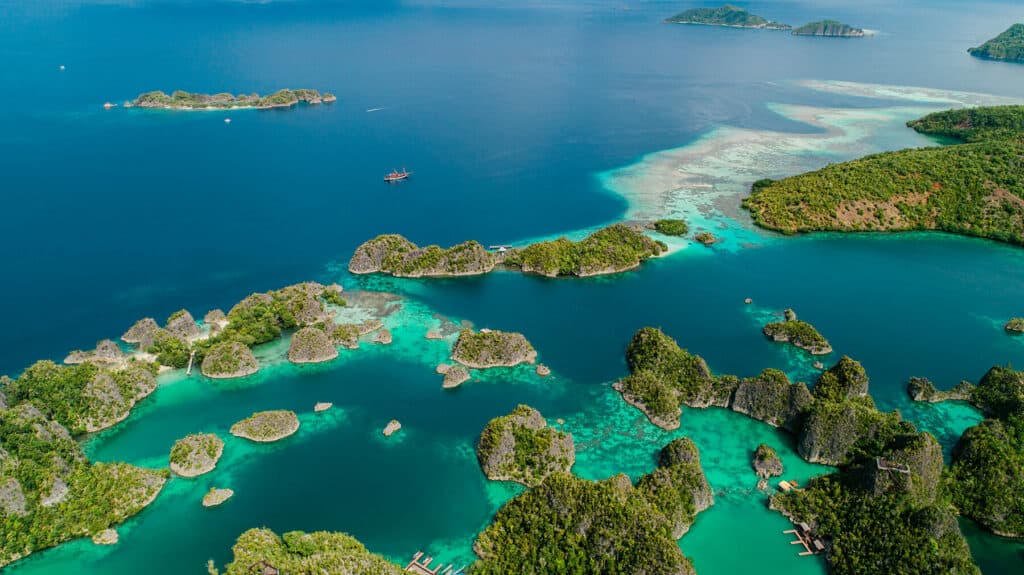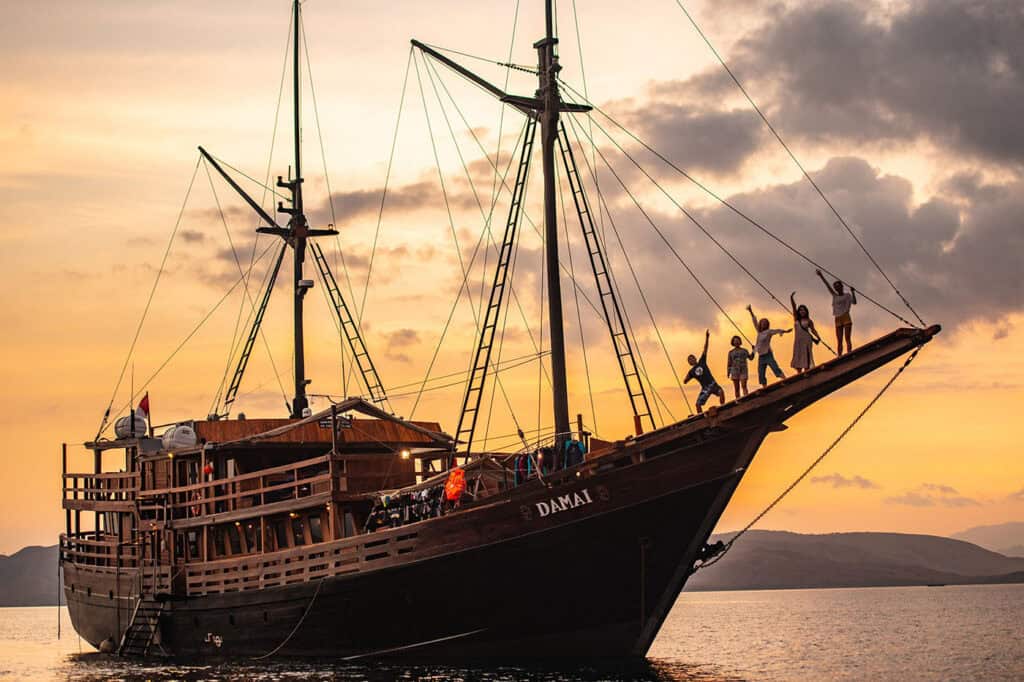October 22, 2015 • News Announcements, Program Updates
On behalf of the Oceanic Society Belize Field Station team, we did it!
We wrapped up our 2015 field season in August, and what a fantastic (and exhausting—in a good way) year it has been.
We welcomed 33 groups, 7 researchers, and 400 students and citizen scientists. We had 15 manatee sightings, along with hundreds of dolphin sightings, including 2 new dolphins added to our dolphin ID catalog.
We climbed coconut trees and learned about the biodiversity of Blackbird Caye. We faced the high seas to snorkel the Blue Hole and the stunningly beautiful Half Moon Caye. We spent 800 hours on
Miss Callie (and Oceanica) looking for and studying dolphins, and helped dolphin researcher Eric Ramos launch a new drone research project. We caught hundreds of (invasive) lionfish, dissected their stomach contents (mostly wrasses and parrotfish), and ate them for appetizers (delicious!)
It was a life-changing experience for me, as well as many of our guests. I learned not just about marine life, but how to do things on my own, or not to do them, as convenience is not always an option. I loved seeing the Belizean students go into the water for the first times in their lives—the thrill on their faces as they discovered the diversity of life under the water. One student created an environmental science club at her school because of the profound experience. Additionally, we had a mini plastics roundtable with Oceana, Plastic Free Belize,
Pam Longobardi, and Paulita Bennett-Martin.
Twice we provided assistance to people who were stranded at sea on the way to their destinations. Additionally, we had
Belize’s first ever marine mammal stranding. Unfortunately, the pantropical spotted dolphin did not survive, but we are able to learn from her death.
I look forward to continuing to inspire students and to contributing valuable data to the
Turneffe Atoll Marine Reserve.
And, I want to personally extend my deepest gratitude to everyone who contributed to
our Indiegogo campaign—financially and by sharing. Together, we are supporting the conservation and protection of the Turneffe Atoll ecosystem, for today and into the future. Thank you, again.
Highlighted Wildlife Sightings
Marine Life: bottlenose dolphins, manatees, spotted eagle rays, southern rays, Caribbean rays, yellow rays, thornback rays, Caribbean reef sharks, nurse sharks, hammerhead shark, octopi, squid, loggerhead turtles, green turtles, hawksbill turtles, angelfishes, barracudas, blennies, boxfishes, butterflyfishes, chubs, damselfishes, eels, filefishes, flounders, goatfishes, groupers, basslets, and soapfish, grunts, hawkfishes, jacks, lizardfishes, needlefishes, parrotfishes, porcupinefishes, porgies, pufferfishes, remoras, scorpionfishes, silversides, snappers, squirrelfishes, surgeonfishes, tarpons, tilefishes, triggerfishes, trumpetfishes, mackerels, crabs, lobsters, shrimp, stony corals, octocorals, cup and tube corals, and hydrocorals!
Terrestrial Life: hermit crabs, spiny-tailed iguanas, American crocodiles, tarantulas, scorpions, orb spiders, vine snakes, boa constrictors, geckos, basilisks, raccoons, Camilla, cormorants, Osprey, Frigate birds, warblers, and finches. Not highlighted, but made their presence known: doctor flies and cockroaches.
I’ll be heading back down to the field station next week to help get ready to reopen in time for more students and researchers to arrive in November. Stay tuned for more updates and thanks again for all of your support!


